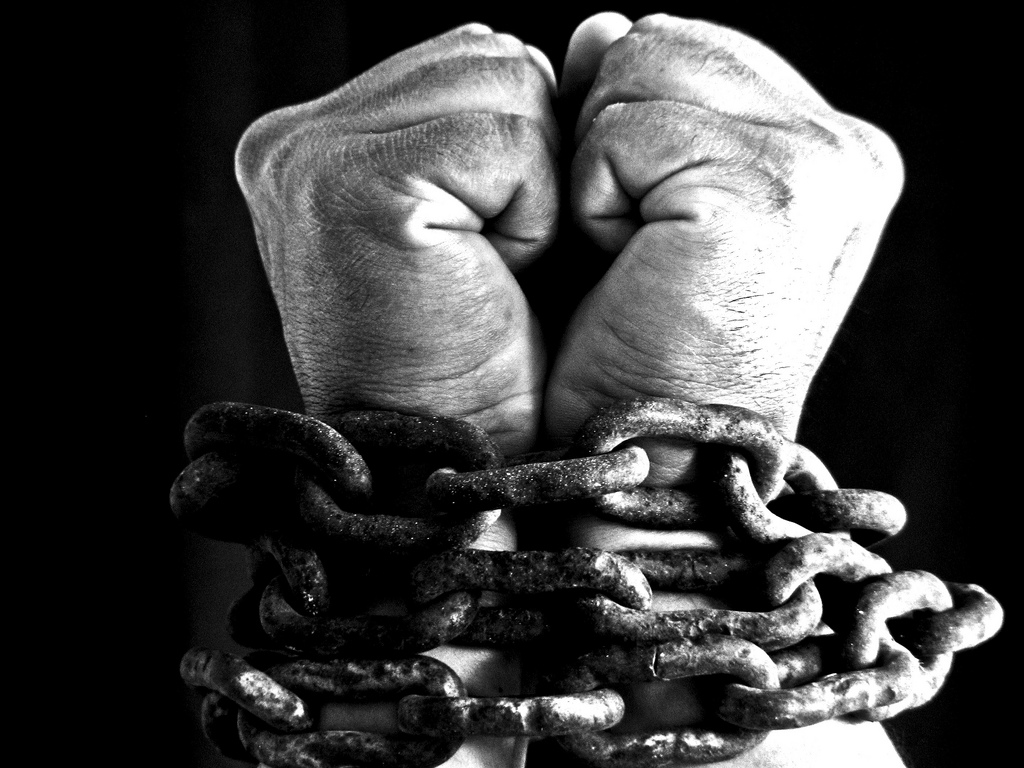 Recently, author Karen McClintock wrote The Challenge to Change in which she made this claim, “I believe congregations are in decline because they have become shame-bound.”
Recently, author Karen McClintock wrote The Challenge to Change in which she made this claim, “I believe congregations are in decline because they have become shame-bound.”
I haven’t been able to get this provocative statement out of my mind. It certainly proves true in my consulting practice, particularly in any situation that involves imaging a new future. To imagine a new future we must always begin with understanding our past, so that the future is rooted in something real. I often invite leaders to describe the glory days of the congregation, that period of time when the congregation was functioning as its best version of itself. They have no problem reaching consensus on what the glory era was, and they can quickly describe what made it a high point in the history of the congregation (usually, that attendance was at an all-time high). The shame enters in when they begin to describe the loss of those by-gone days, the descent into something other than their best selves. They lower their eyes as they speak; they grow silent, they mumble their explanations, and often protest the invitation to dwell on the past. It pains leaders to acknowledge that the decline has happened on their watch. Even though they can point to cultural shifts and the overall decline of the Church, they wonder what they might have done sooner or better to thwart the decline of their congregation.
I can feel the shame when I ask congregations to tell me about both their proudest and sorriest moments in ministry. Leaders quickly chime in to tell me about their best ministry moments, but they fumble when describing that which they are sorriest about. They want to gloss over those shame-filled memories and often haven’t developed a shared story-line to frame their understanding of those times. It’s too hard to talk about the failed pastorate, the memory of a decision that in retrospect was steeped in racism, the sexual scandal that was covered up for fear of disgrace and inevitable membership loss.
The presence of shame is not alarming to me. What is alarming is the visible way in which I see shame binding the adaptive learning process that is needed to move into a new future. A congregation needs to access its best adaptive capacities, whether the congregation is creating a new strategic plan, preparing for a new pastorate, or trying to introduce some overdue cultural change.
In my experience, shame thwarts the adaptive learning process in the following predictable ways:
- Adaptive learning requires that we distinguish between our positive core, (that which represents our authentic, best selves and must be protected at all costs) and our institutionalized dry-rot, (that which needs to be scraped away and replaced with new and fresh practices). When shame-bound we often cling to our false selves to keep the truth at bay. We blame the pastor that embarrassed us without accepting any shared responsibility; we explain away our racism as something that every other congregation fell into as well. Without authentic voice we can’t fully claim our positive core, or distinguish it from the dry rot.
- Shame-bound congregations try to minimize their loss and failure by re-creating the glory days, rather than risking a move into an undefined future. If we can just get back to where we were before the loss set in, we can eradicate the shame. When asked to dream about the future, shame-bound leaders often focus on re-creating programs, structures and processes that are familiar. Because they have not appropriately excavated their losses or created a shared leadership narrative about the loss, they seem unable to take the necessary risks involved in creating something truly adaptive.
- Shame-bound leaders have difficulty distinguishing symptoms, causes and solutions. Shame thrives on secrecy and an unexplored truth. When we haven’t fully explored the pain of our past we tend to blur the distinctions between that which caused our decline, the symptoms that indicated a problem existed, and the possible solutions. Consider this example, a congregation that is ashamed of having very few active members between the ages of 20-35 will often claim a new strategic initiative aimed at attracting young adults. They almost always propose to launch a new young adult ministry program to address the identified problem, without stopping to consider that the loss of young adults is perhaps symptomatic of an underlying root cause, such as the absence of a vibrant discipleship process. A shame-bound mind doesn’t think expansively and analytically about the source of its problems. It only seeks to eradicate the symptom that it finds most painful.
So, how do we begin to unbind ourselves from shame, for the sake of becoming unencumbered adaptive leaders? Brene Brown, a research professor at the University of Houston Graduate College of Social Work, suggests that overcoming shame begins with vulnerability, and vulnerability is born of trust. We need to create safe spaces in our congregation for shared story-telling about both our prouds and our sorries. We need to create shared leadership narratives that make meaning out of our “not so stellar” moments so that we can learn from them and move forward, not backward.
Does your congregation suffer from an unexamined source of shame that prevents it from adaptive learning?



